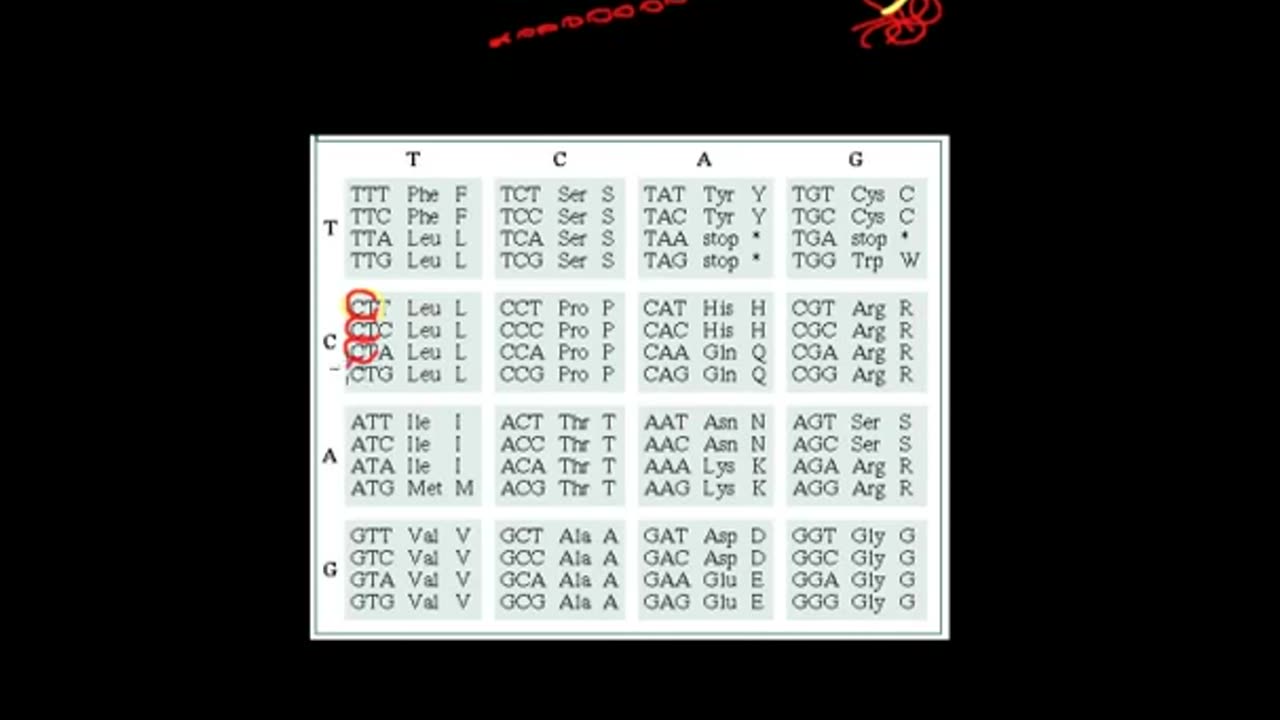Premium Only Content

Analysis of proteins by in vitro mutagenesis
The generation and characterization of mutants is
an essential component of any study on structure--
function relationships. Knowledge of the threedimensional structure of a protein, RNA species,
or DNA regulatory element (e.g. a promoter) can
provide clues to the way in which they function but
proof that the correct mechanism has been elucidated requires the analysis of mutants that have
amino acid or nucleotide changes at key residues.
Classically, mutants are generated by treating
the test organism with chemical or physical agents
that modify DNA (mutagens). This method of mutagenesis has been extremely successful, as witnessed
by the growth of molecular biology and functional
genomics, but suffers from a number of disadvantages. First, any gene in the organism can be mutated
and the frequency with which mutants occur in the
gene of interest can be very low. This means that
selection strategies have to be developed. Second,
even when mutants with the desired phenotype are
isolated, there is no guarantee that the mutation has
occurred in the gene of interest. Third, prior to the
development of gene-cloning and sequencing techniques, there was no way of knowing where in the
gene the mutation had occurred and whether it
arose by a single base change, an insertion of DNA,
or a deletion.
As techniques in molecular biology have developed, so that the isolation and study of a single gene
is not just possible but routine, so mutagenesis has
also been refined. Instead of crudely mutagenizing
many cells or organisms and then analyzing many
thousands or millions of offspring to isolate a desired
mutant, it is now possible to change specifically any
given base in a cloned DNA sequence. This technique
is known as site-directed mutagenesis. It has become
a basic tool of gene manipulation, for it simplifies
DNA manipulations that in the past required a great
deal of ingenuity and hard work, e.g. the creation or
elimination of cleavage sites for restriction endonucleases. The importance of site-directed mutagenesis
goes beyond gene structure--function relationships
for the technique enables mutant proteins with novel
properties of value to be created (protein engineering).
Such mutant proteins may have only minor changes
but it is not uncommon for entire domains to be
deleted or new domains added.
-
 LIVE
LIVE
Sarah Westall
1 hour agoChance of War Increases in Sept, Genius Act War Bonds, NeoCons Surrounding Trump w/ Martin Armstrong
258 watching -
 LIVE
LIVE
LFA TV
18 hours agoLFA TV ALL DAY STREAM - FRIDAY 7/25/25
1,524 watching -
 1:06:06
1:06:06
vivafrei
5 hours agoTrump Lawyer Meets with Maxwell! Dems Can't Read! "Canadian" Man on the Street Identified? & MORE!
78.3K21 -
 2:07:13
2:07:13
Pop Culture Crisis
3 hours agoCelebrity DOOMSDAY PREPPERS, New Tradwife Pop Star? Pedro Pascal Online SMEAR CAMPAIGN | Ep. 885
13.1K3 -
 1:35:12
1:35:12
Tucker Carlson
6 hours agoAna Kasparian: Epstein Cover-Up, Israel Strikes Gaza Church, & the Great American Political Shift
79.1K217 -
 4:08:03
4:08:03
Donut Operator
6 hours agoI'M BACK/ CRIME/ WHERE MP7
63.2K5 -
 10:35
10:35
Warren Smith - Secret Scholar Society
3 hours agoExposing the Illusion of Gary's Economics
18.7K4 -
 1:04:11
1:04:11
Crypto Power Hour
9 hours ago $0.90 earnedHow Coins Are Minted in the Blockchain World
16.1K4 -
 1:03:08
1:03:08
The Quartering
5 hours agoKarmelo Anthony Update, South Park Apologizes & Today's News!
64.3K55 -
 55:46
55:46
Sean Unpaved
5 hours agoCam's Take on Hurts, O-Line Essentials, Texans' Super Bowl Dreams, & Hands Outta There!
29K3